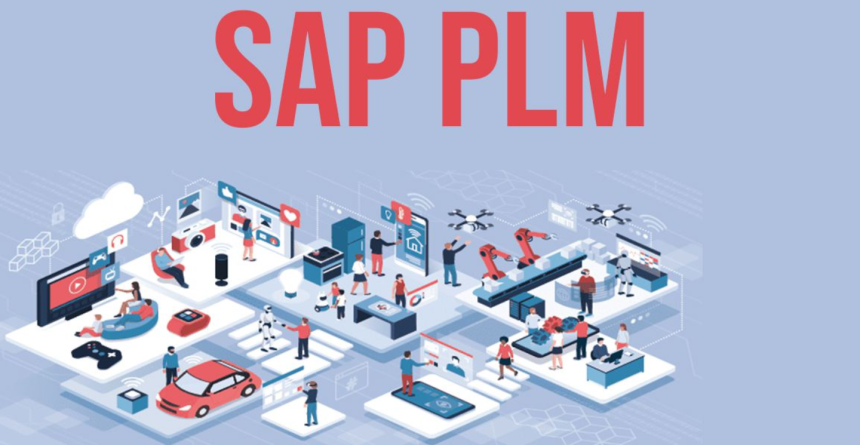The apparel industry isn’t just a pleasure for the eyes and a chance for self-expression, it is also a fundamental and sustainable part of the global economy. What the consumers see, when buying any item of clothing, is just a tiny part of a long and well-established process. Design, a textile company, manufacturing, quality control, logistics, shipping, warehouses, brick-and-mortar shop – the lifecycle of every item is impressive, especially considering the volumes. So many features to be organized, performed, and controlled, create a high demand for a unifying system, which brings together all the stages of the product lifecycle.
SAP, being a leader in ERP solutions, offers a specialized SAP PLM module, implemented by Global System Integrator LeverX, which provides seamless organization and control of a product lifecycle, benefiting the functioning of the apparel industry.
Overview of SAP PLM
PLM stands for Product Lifecycle Management, it’s an innovative solution that gives an all-encompassing view and support for all the processes related to a specific apparel from the initial stage of designing, till it reaches its destination. Basically, every single activity that is performed within the production cycle can be tracked and controlled. Such accessibility to the data adds a layer of transparency, making sure all the rules and regulations are being followed.

The main features of the SAP PLM are:
- Team unity — all the members of a production process are united, including the stakeholders, and the data can be accessed by every member of the enterprise. It helps to avoid informational bubbles and makes every person a part of a team. It also reduces the number of mistakes and time for decision-making.
- Higher productivity — every member of a team feels counted and can keep track of the end-to-end product delivery. Besides, when communication is organized through a unified system, there is no need to gather all the data, send it to the central office, wait for the decision, and waste time on that. Everything and everyone are within easy reach of one software system.
- Synchronization — PLM module allows the integration of designers, engineers, marketing, manufacturing, and sales departments together, giving everyone a chance to contribute to the product improvement on its way to the customer.
- Reduced risks — the usage of PLM helps to reduce the risks of mistakes in the stage of planning, production, and even post-production. If there are issues with the final products, it is easier to track them down and identify other (if so) damaged goods.
Benefits of PLM for the apparel Industry
Considering the high level of competition in the textile and apparel industry, it is important to stay on top of things, having 24/7 visibility into customer needs, trend changes, production and execution activities, etc. The usage of SAP PLM in the apparel enterprise will make the foundation for effective management and proper employment of services. By introducing the SAP PLN to the apparel sector, every user is entrusted to:
- Improved Product Development — SAP PLM leads end-to-end production, tracking the products from their launch to distribution.
- Material management — when using SAP PLM, the users can optimize the usage of materials, and thus, save costs.
- Regulatory compliance — SAP PLM helps to track registrations and volumes, classify products and manage the overall sustainability of products.
- Supply chain visibility — the whole production process can be observed from a single platform.
- Faster Time-to-market — a company is enabled to bring the final product to the market faster, capturing more financial profits.
SAP PLM is the future of the apparel industry and a modern approach to production. The platform significantly changes the whole approach to the lifecycle of the products, tracking its way to the buyer, and providing visibility of all the processes along the way. In case you are open to new and efficient solutions for your apparel enterprise, contact the specialists to guide you through this new experience.















